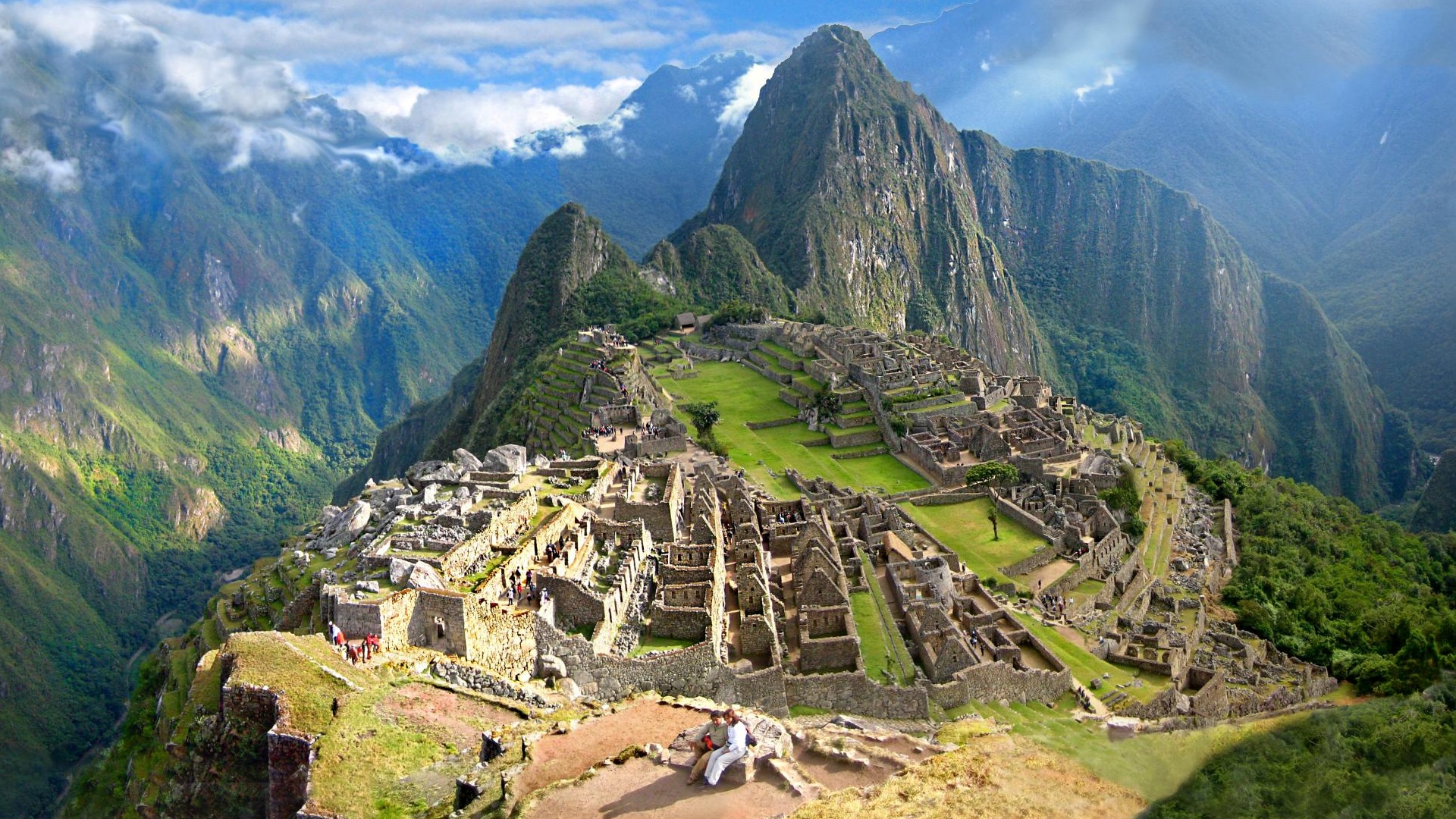The Peoples of America
The Peoples of America
MAYA
The Mayans are a people of Guatemala and Mexico. They believe in different deities like Chac the Rain God, Kukulkan, and Ek Chuah. Their thought, and around it they place their life, is that the deity has created heaven the earth and the day. In ancient times they were very interested in music, they played wind instruments and percussions, their melodies accompanied dances and rituals. In the Mayan cities there are pyramids, observatories, and especially squares for each event, ceremonies, commercial exchanges, etc. The Maya sculpture can be divided into two parts, the first includes the stars, and the all-round sculpture; while the second part includes architectural sculptures such as lintels and paintings inside the buildings. The technique used is the bas-relief. Very rare are the wooden sculptures, the painting of the Maya is very widespread and known, both by frescoes and by ceramics. In the frescoes the subject often depicted is the mask of Chac the God of rain, in the postclassic period new architectural elements appeared, in fact, thanks to the use of columns, the squat structure of the buildings was lightened considerably.
HAIDA
The Haida are a population of North America. They still retain somatic characteristics reminiscent of Polynesia. They were fishermen, and tobacco farmers, each group was divided according to the social class ie nobles, plebeians and slaves. Their houses have a square-shaped, wooden plan, and in the outer front wall there are totem poles decorated with grotesque designs. Strong and present is the practice of tattoos and the painting of bodies, using the labial plates. Skilled and important for woodworking, most of their production was linked to ceremonies in which they were made spoons, weapons, amulets, bowls and baskets. The subjects of their decorations are visibly deformed animals, often in the drawings we see the internal part of the animal body as the vertebrae and the ribs. Also known and documented the secret societies where masks and sticks were built inside.
ARUAK
The Aruak are an indigenous population living in South America, representing the Amazonian culture and the tribes are settled in Colombia, Venezuela and Brazil.
guarani
The Guaranì are an ethnic population of South America, among the most important tribes besides the Guaranis we remember the Tapè, the Apapocuva, the Guayakì. The Guaranì are the inhabitants of the forest, they have a very complex traditional culture, they are organized in large patriarchal families, they lived in some rectangular huts sufficient only for a family. They believed in the reincarnation, the main deities were Nandevurucu or the Great Father and Nandecy that is Our Mother, the shaman played the role of doctor. The labial plate was very widespread. The Guaranì were farmers, they cultivated corn, tobacco and sugar cane. The artisanal production of ceramics, fabrics and leather is very important. Known the urns they decorated with red geometric designs on a white background or vice versa.
Fuegini
The Fuegine population lived before the extinction of Tierra del Fuego, including both the archaic groups of the south and west, and the eastern Ona. The two ethnic groups had different somatic characters, the Ona were more robust, taller, with an elongated face, while in small stature, wide face and reddish skin were the archaic. As far as clothing is concerned, the Fuegians always wore very small clothes or stood naked, covered themselves only with rough slippers and a fur coat in winter. The archaic lived by fishing and molluscs, they lived in houses that were simply branches. The Ona lived by hunting and gathering mushrooms and molluscs. The families were patrilineal and the woman lived in a kind of freedom, as regards religion both groups believed in a supreme being.
SIOUX
The Sioux are an ethnic group of North America. The Sioux were hunters and corn farmers, then the passion for the horses brought them to the prairies west of the Mississippi where they began to hunt bisons. The families of the matrilocali type were grouped in clans directed by the elderly, their home was a simple and poor hut made with branches, in the strong tribe meant the shaman. The Sioux found everything they needed in the bison, so much so that they talked about the culture of bison, with the skin of this animals were made clothes, trousers for men, shoes and even cribs for children. They were the ones to launch the classic battle stone ax with which you had to touch the enemy. The Sioux wore a crowned headdress made of eagle feathers, the more feathers they had were more important.
Guido Bissanti

